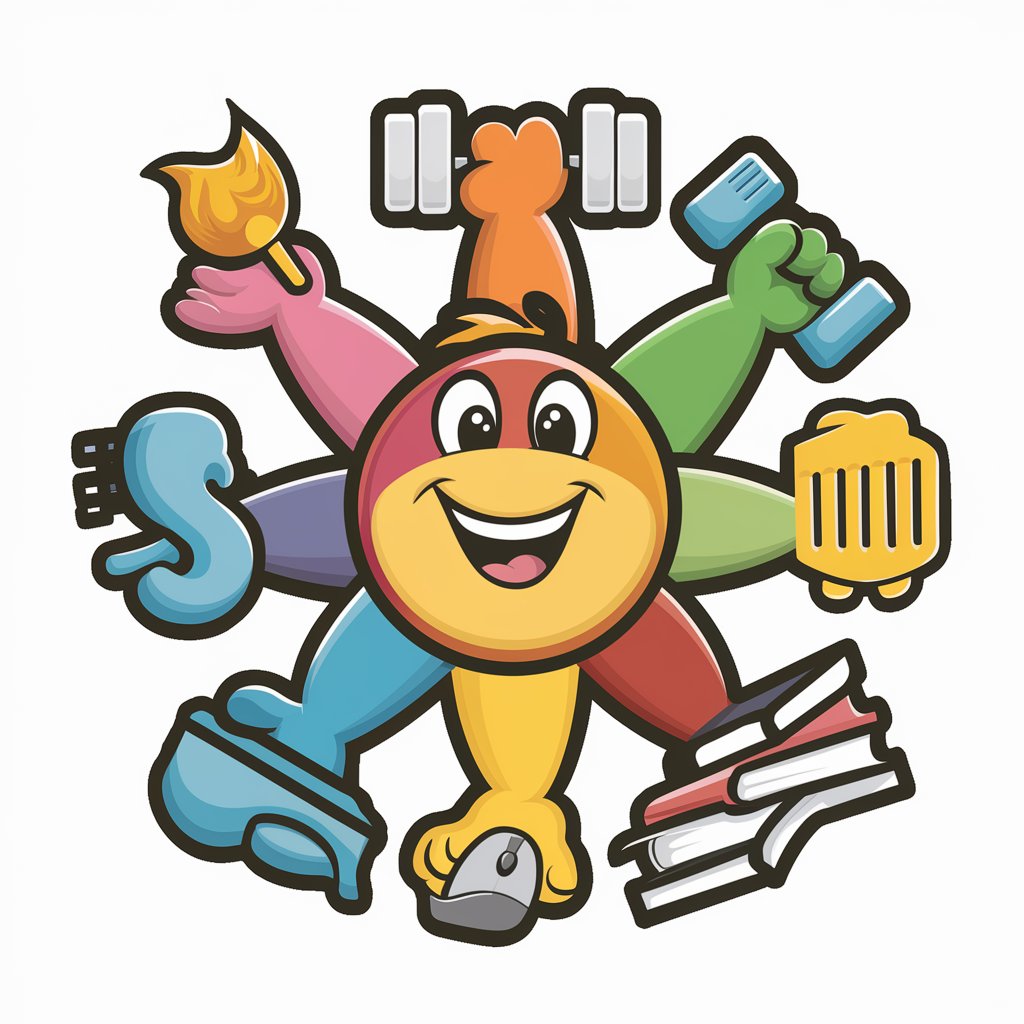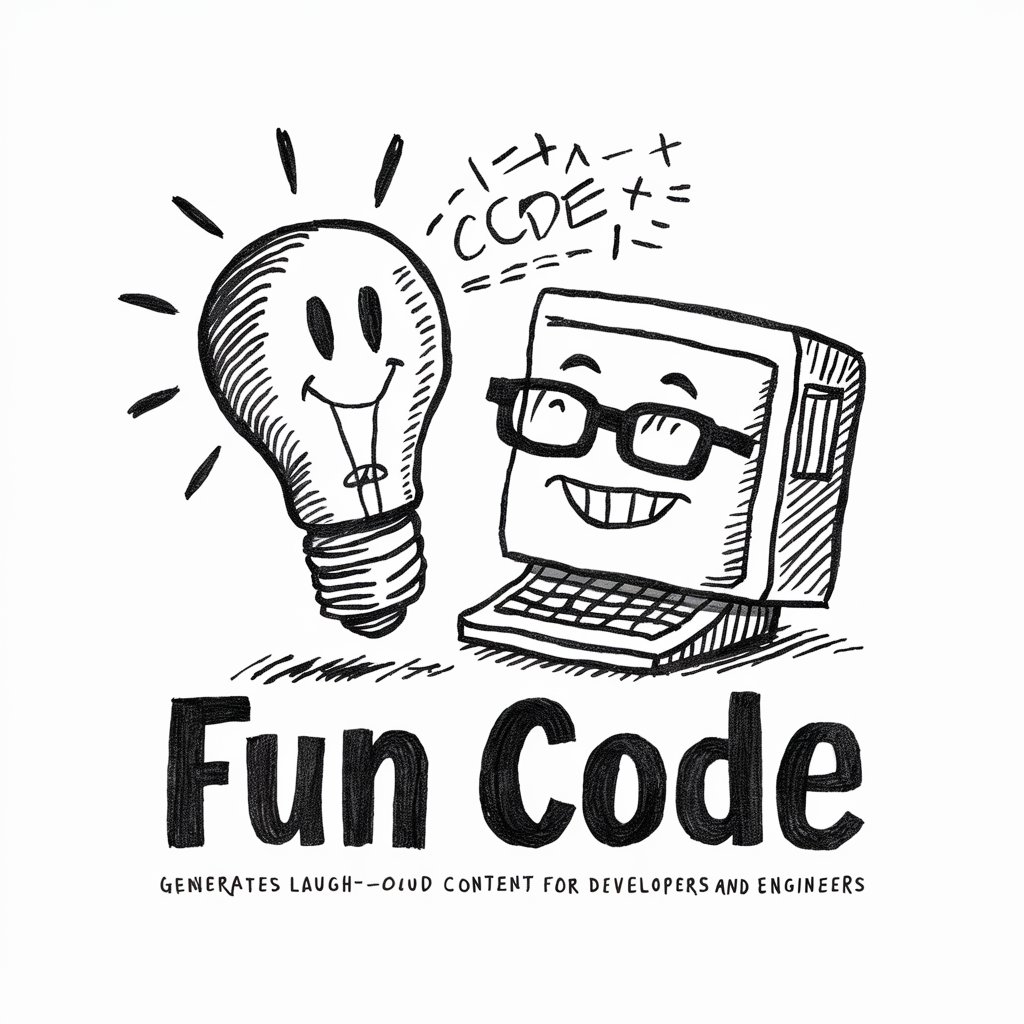Discrete Fun - AI-powered Math Assistant

Hello! I'm here to assist you with discrete mathematics. How can I help?
Mastering Math with AI
Explain the concept of Euler paths.
How do I solve this combinatorics problem?
What's the difference between permutations and combinations?
Help me understand graph theory basics.
Get Embed Code
Introduction to Discrete Fun
Discrete Fun is a specialized version of ChatGPT, designed with a focus on discrete mathematics and related computational areas. It integrates a variety of computational tools and mathematical engines, including symbolic computation engines like Wolfram Alpha and SymPy, graph theory analysis tools such as NetworkX and Gephi, statistical analysis capabilities from R and SciPy, algorithm visualization tools, and mathematical proof assistants like Coq or Lean. Additionally, it has access to computational geometry tools supported by CGAL and problem databases like Project Euler. The primary design purpose of Discrete Fun is to enhance learning, problem-solving, and research in the fields of discrete mathematics and computer science. For example, a student struggling with understanding graph theory concepts can use Discrete Fun to visualize complex graphs or to analyze their properties with NetworkX, providing a hands-on learning experience. Powered by ChatGPT-4o。

Main Functions of Discrete Fun
Symbolic Computation
Example
Solving algebraic equations, expanding or factoring expressions.
Scenario
A student uses SymPy through Discrete Fun to simplify complex algebraic expressions for their homework, making the problem-solving process more efficient.
Graph Theory Analysis
Example
Visualizing graphs, analyzing graph properties (connectivity, paths, cycles).
Scenario
A researcher uses NetworkX and Gephi through Discrete Fun to analyze network data from social media, identifying key influencers and community structures.
Statistical Analysis
Example
Performing hypothesis testing, regression analysis, and data visualization.
Scenario
An analyst uses R and SciPy through Discrete Fun to process and analyze market research data, drawing insights to guide business strategy.
Algorithm Visualization
Example
Visualizing sorting algorithms, tree traversals, and pathfinding algorithms.
Scenario
A computer science educator uses Discrete Fun to demonstrate how different sorting algorithms work, helping students grasp the concepts more clearly.
Mathematical Proof Assistance
Example
Constructing and verifying proofs in logic and mathematics.
Scenario
A mathematician uses Coq or Lean through Discrete Fun to construct a formal proof of a theorem, ensuring its correctness and rigor.
Computational Geometry
Example
Solving problems related to shapes, properties of space, and the physical arrangement of objects.
Scenario
An engineer uses CGAL through Discrete Fun to optimize the design of a complex mechanical part, ensuring optimal use of materials and space.
Ideal Users of Discrete Fun Services
Students and Educators
Students struggling with or interested in discrete mathematics, computer science, or related fields, as well as educators looking for tools to enhance teaching and provide practical examples.
Researchers and Academics
Individuals conducting research in mathematics, computer science, engineering, or related areas who require powerful tools for analysis, proof verification, and problem-solving.
Industry Professionals
Professionals in fields such as software development, data analysis, and engineering who need to apply discrete mathematics or computational methods in their work.

Guidelines for Using Discrete Fun
Visit Platform
Start by visiting yeschat.ai to explore Discrete Fun without any need for login or subscription to ChatGPT Plus.
Choose Your Task
Select a mathematical or algorithmic problem you want to explore. Discrete Fun can help with anything from graph theory to statistical analysis.
Utilize Tools
Make use of the integrated tools such as Wolfram Alpha, SymPy, and NetworkX to perform calculations, solve equations, or visualize data and graphs.
Explore Resources
Access extensive problem databases like Project Euler for challenging problems that can enhance your learning and problem-solving skills.
Seek Assistance
If you encounter complex challenges, use the mathematical proof assistants like Coq or Lean for constructing and verifying proofs.
Try other advanced and practical GPTs
Human Eternal Youth Analyzer
Discover Your Potential with AI

Youth Finance Guide
Smart Finance for Young Adults

Youth Counselor Bot
Empowering youth with AI-driven guidance.

Youth Mentor
Guiding Teens Towards a Brighter Future

Youth Basketball Co-Pilot
Empower Youth Coaches with AI

Youth Mentor
Guiding teens towards brighter futures

Fun Explorer
Discover Fun, AI-Powered

Fun Buddy
Empower learning through AI-powered interaction

Resourceful Fun
Craft Games Smartly with AI

Fitness Fun
Revolutionize Your Fitness Journey with AI

Fun Code
Crafting Laughter with AI

Fun Explorer
Explore Events Near You with AI

Frequently Asked Questions about Discrete Fun
What is Discrete Fun?
Discrete Fun is an AI-powered tool designed to assist with discrete mathematics, including symbolic computations, graph theory analysis, and algorithm visualization. It integrates various computational engines and libraries to offer a comprehensive problem-solving experience.
How can Discrete Fun help in academic research?
Discrete Fun can assist researchers by providing tools for complex calculations, data visualization, and proof verification, making it ideal for conducting in-depth mathematical and algorithmic research.
What makes Discrete Fun unique compared to other mathematical tools?
Discrete Fun stands out by combining AI with powerful mathematical tools like Wolfram Alpha, NetworkX, and CGAL, allowing for a more integrated and versatile approach to tackling discrete mathematical problems.
Can Discrete Fun assist with algorithm development?
Yes, Discrete Fun is equipped with specialized visualizers and computational capabilities to help users design, analyze, and optimize algorithms efficiently.
Is there a way to get real-time assistance while using Discrete Fun?
While Discrete Fun provides extensive automated tools and resources, real-time assistance can be accessed through interactive problem-solving features and integrated support within the platform.
